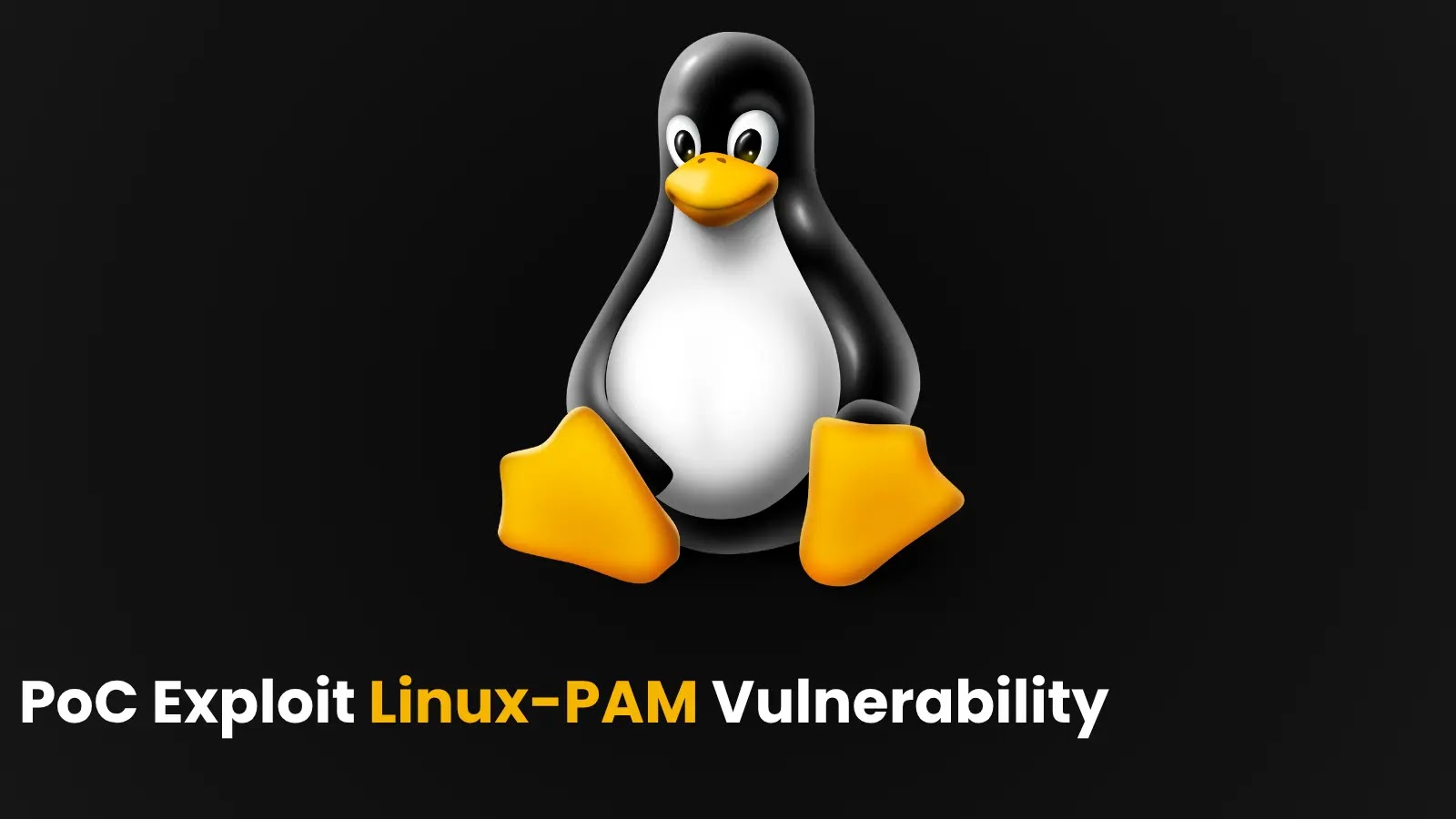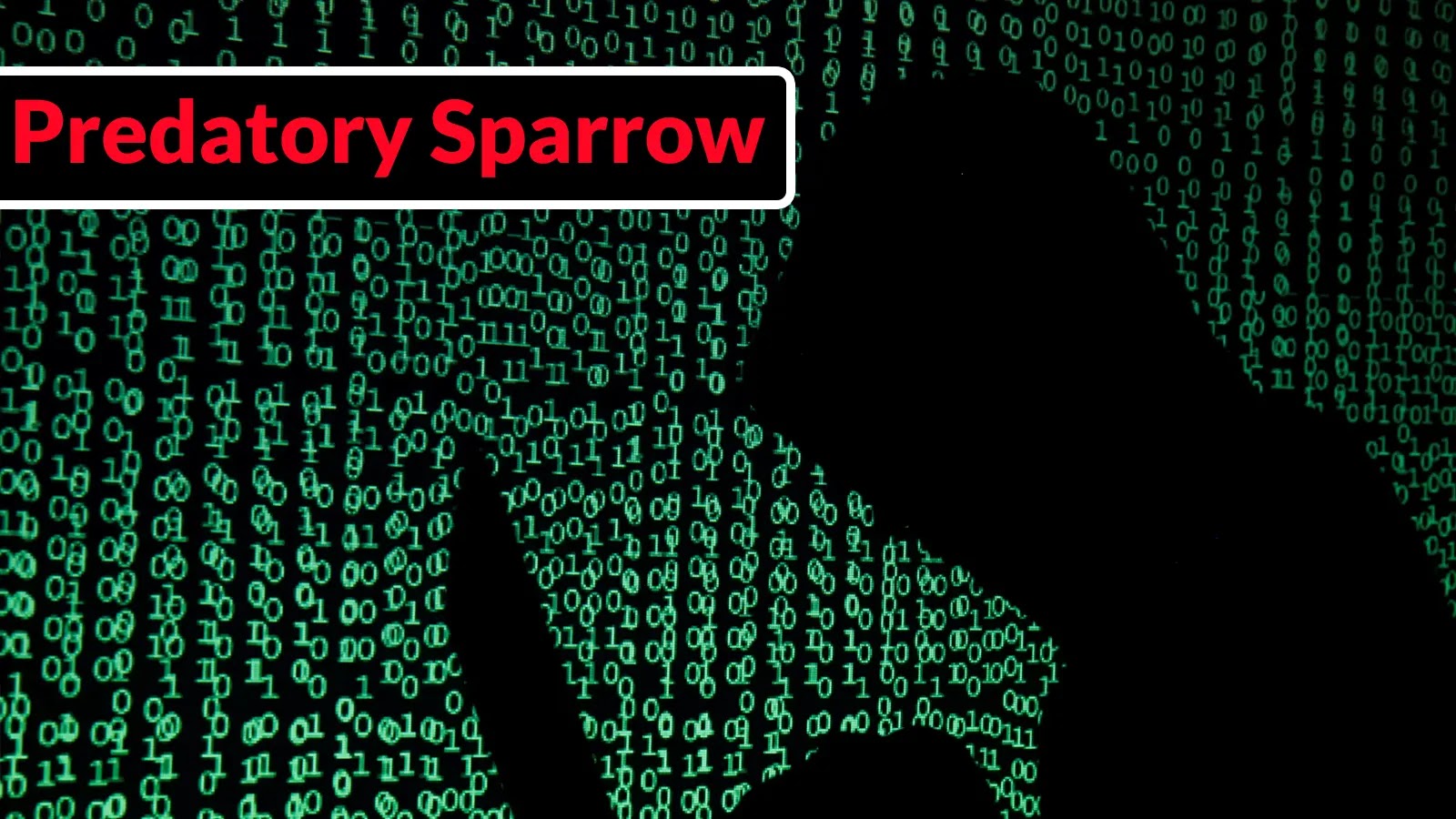A significant security flaw has been identified in the Pluggable Authentication Modules (PAM) framework, a core component of Linux operating systems. Designated as CVE-2025-8941, this high-severity vulnerability allows local attackers to escalate their privileges to root, posing a substantial risk to system integrity and data security.
Understanding CVE-2025-8941
CVE-2025-8941 is a critical vulnerability within the pam_namespace module of Linux-PAM, which is responsible for managing user session namespaces. The flaw arises from improper handling of user-controlled paths, enabling attackers to exploit symbolic link (symlink) attacks and race conditions to gain root privileges.
Technical Details
The vulnerability has been assigned a CVSS v3.1 score of 7.8, indicating its high severity. Key aspects include:
– Attack Vector: Local
– Privileges Required: Low
– User Interaction: Required
– Impact: System compromise and potential data leakage
The issue affects all versions of Linux-PAM prior to the latest patches, impacting distributions such as Ubuntu, Fedora, and Red Hat Enterprise Linux. While remote exploitation is not possible, the local nature of the vulnerability is particularly concerning in multi-user environments.
Mechanism of Exploitation
The core of the vulnerability lies in the pam_namespace module’s mishandling of user-controlled paths. Attackers can create symbolic links that manipulate directory creation processes. By exploiting a race condition—timing their actions precisely—they can trick the system into creating sensitive directories within the root filesystem.
For example, an attacker might execute the following commands:
“`bash
# Create a symlink in a user-controlled path
ln -s /root /tmp/victim/symlink
# Trigger the race condition during pam_namespace directory creation
# If timed correctly, the directory is created in the root domain
# Modify permissions to escalate privileges
chmod 777 /root
“`
While real-world exploitation requires sophisticated scripting and precise timing, successful execution grants attackers root-level control, enabling them to deploy malware or exfiltrate sensitive data.
Mitigation Strategies
To protect systems from this vulnerability, administrators should take the following steps:
1. Apply Patches Promptly: Distribution vendors are expected to release patches imminently. Administrators should monitor for updates and apply them as soon as they become available.
2. Audit User Privileges: Regularly review and restrict local user privileges to minimize potential attack vectors.
3. Disable Unnecessary Features: If the pam_namespace module is not essential, consider disabling it to reduce risk.
4. Monitor for Suspicious Activity: Utilize tools like `auditd` to detect and alert on unusual symlink activity or other indicators of exploitation attempts.
Limitations of Existing Security Measures
It’s important to note that while web application firewalls (WAFs) and intrusion detection systems (IDS) provide some level of protection, they are primarily designed to defend against network-based threats. Local exploits, such as CVE-2025-8941, can bypass these defenses, highlighting the need for comprehensive security strategies that include regular system audits and timely patch management.
Conclusion
The discovery of CVE-2025-8941 underscores the ongoing challenges in securing authentication systems within Linux environments. Administrators and security professionals must remain vigilant, ensuring that systems are updated and configured securely to prevent potential exploitation. By implementing proactive security measures and staying informed about emerging threats, organizations can better protect their systems and data from compromise.



